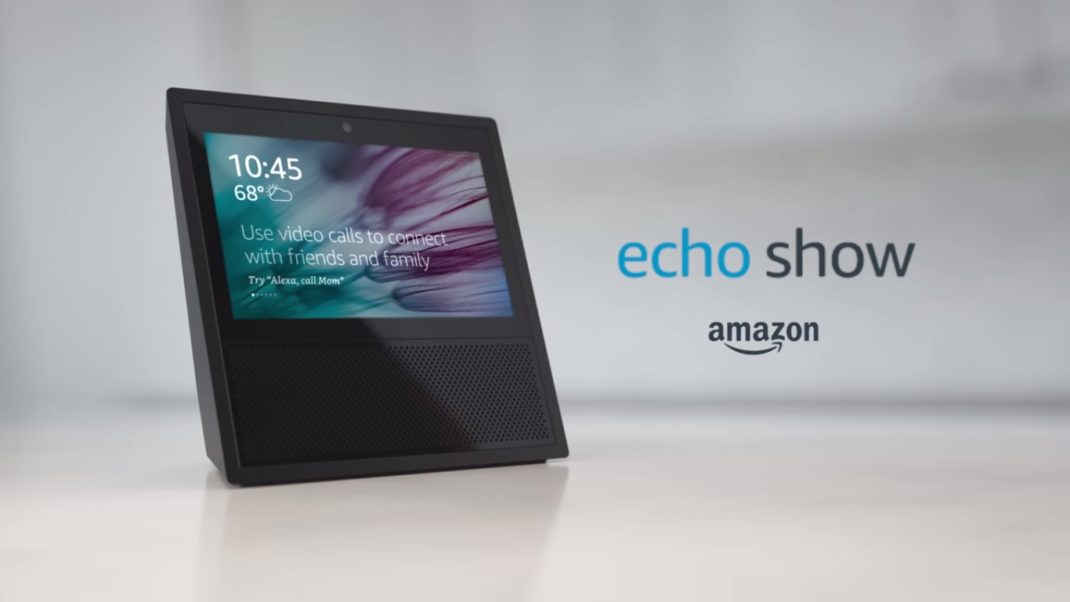Grammarly, which provides its 20 million users with a tool to use proper grammar and correct tone, has baged $90 million in a brand new round of funding.
Brad Hoover, the company’s CEO confirmed that the funding has soared the company’s valuation by $1 billion as it prepares to expands on more platforms through its tools in the pipeline.
Grammarly currently operates on the freemium model, where the paid users get some additional assets in form of addition grmmar check, which include readability detection, alternate vocabulary, plagiarism checks and tone suggestions. The membership comes in three tiers which are priced at $11.66, $19.98 and $29.95 monthly.
Hoover did not state as to what fraction of its users are paid ones, but did state that a majority of its customers are free users.
Just like any other free service, they do have access to users cookies and other data, but thay do not rely on it for revenue. A spokesperson has stated that they only rely on money received through subscriptions, for its revenue.
A spokesperson told TechCrunch;
We don’t sell or rent user data to third parties for any reason, including for them to deliver their ads. Period. Our business model is a freemium model, in which we offer a free version of our product as well as Grammarly Premium and Grammarly Business, which are paid upgrades. The only way Grammarly m
The spokesperson said:
It is a fair critique to say that our privacy policy is longer and wordier than it needs to be. In an effort to comply with various disclosure requirements imposed by laws around the world, we have erred on the side of completeness and detail, sacrificing brevity in the process. Indeed, the sheer length of our privacy policy may be a barrier to users reading all the way through the document. The explicit statements we make about not selling or renting personal data and not sharing it for the purposes of advertising are contained toward the end.
Its commendable to notice that the company has always been in profit, ever since its setup in 2009 by Alex Shevchenko and Max Lytvyn.
The company not just encapsulates a huge chunk of data on propper grammar, but also utilizes AI around Machine Learing to synthesize and generate new words, phrases and substitutions, helping thier user to avoid writing mistakes.
Hemant Taneja, General Manager of General Catalyst said in an interview;
Grammarly is solving real challenges that people face every time they pick up a device to answer a text, answer a work email or cold email a potential client. While there are large companies attempting to innovate in this space, creating intuitive AI that complements our natural communication abilities isn’t their primary focus. It’s not even their third, fourth or twentieth focus. For Grammarly, helping people communicate more effectively is their sole goal. And that’s why, despite any competition, they’ve got more than 20 million daily active users.
The 20 million figure, mentioned here is thrice the number users Grammarly had in 2017.
Albeit, Grammarly currently features a competition with a variety of application which work almost on the same line. For instance, Google now provide you small promts of sentences whle you are replying to an email.
However, Hoover doesn’t consider this as a threat, and has some strong reasons to his backing. Prominently because Grammarly is available everywhere you are writing, and secondly, because it is not specific to platforms.
Hoover said:
We haven’t seen any impact from the rise of platform-based aids.
In future, the starup will expand for new platforms, as the company will continue to work on tools to ctaer the needs of its customers.
Though the platform will not, as of yet, expand to languages beyond English, they will incorporate more tools based on style guides for people in specific work departments, such as Customer Service, in order to maintain a language consistency.
Hover further stated;
One of the reasons enterprises use Grammarly is to increase effectiveness both internally and externally. This isn’t a tool to write on behalf of users but to be used as a coach. We surveyed our users and the results suggested that a majority were concerned about the appropriate tone that they used in written communication. That’s not surprising because unlike spoken or in-person communications, you can’t use non-verbal tones to get an idea across, so you can be misinterpreted.
The Tech Portal is published by Blue Box Media Private Limited. Our investors have no influence over our reporting. Read our full Ownership and Funding Disclosure →






